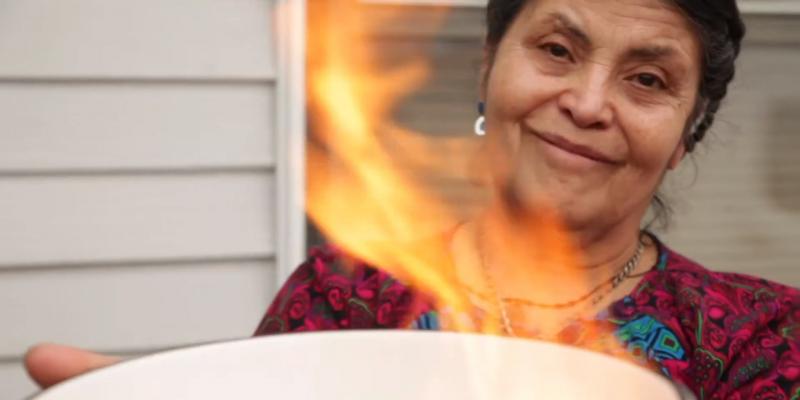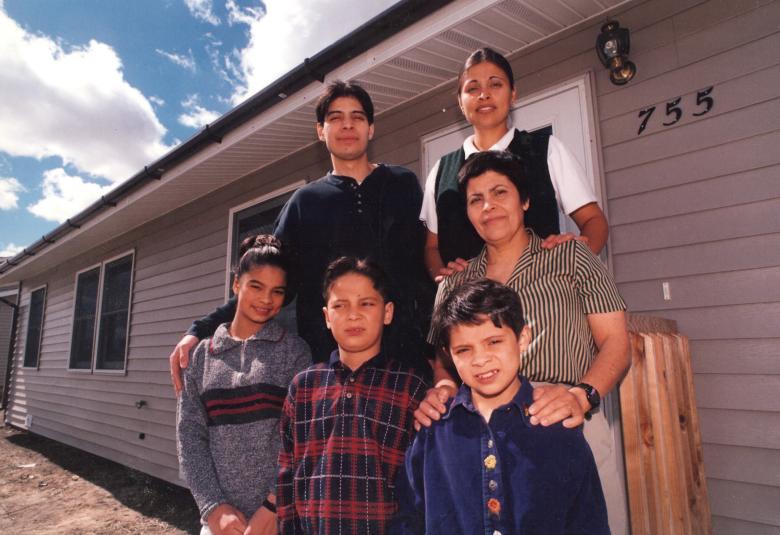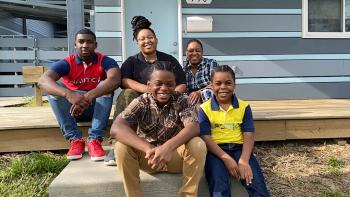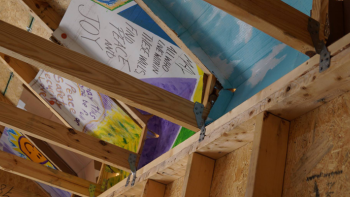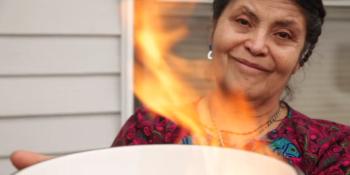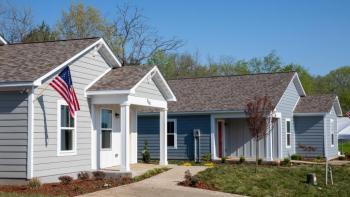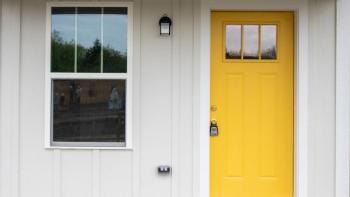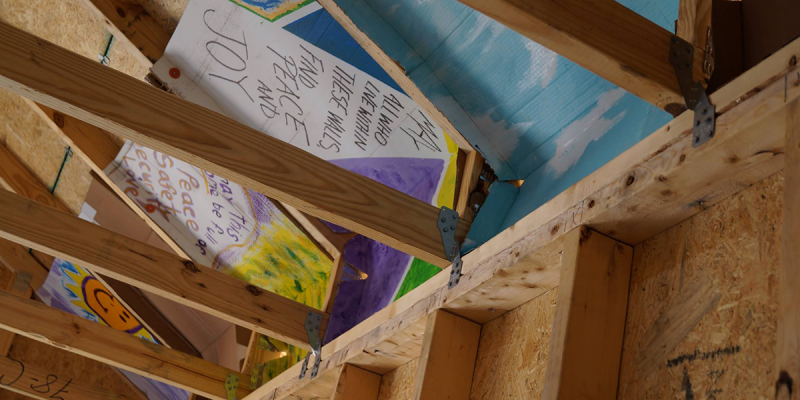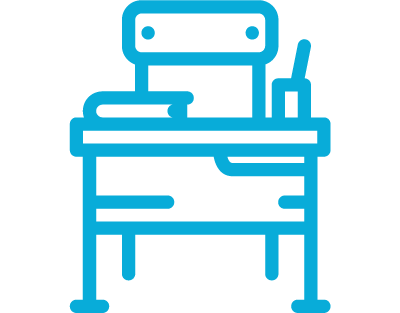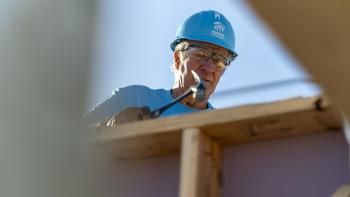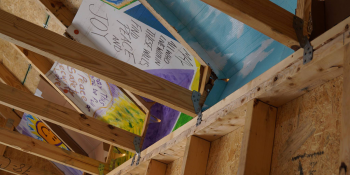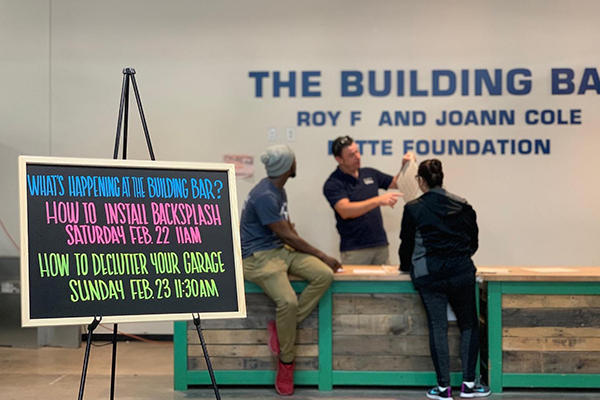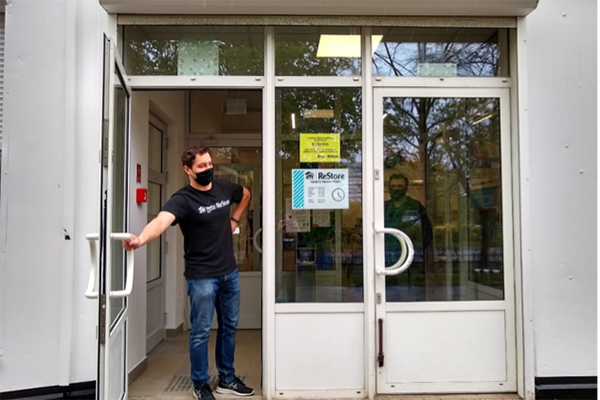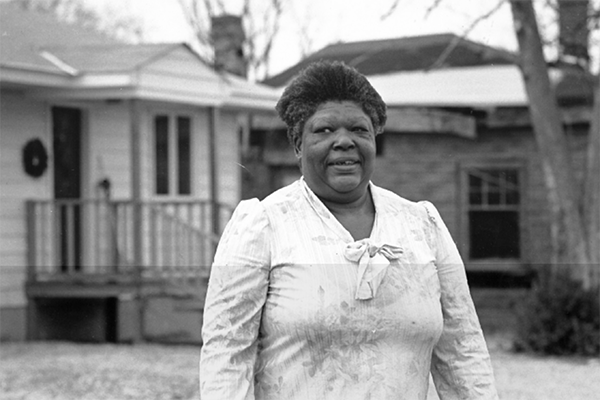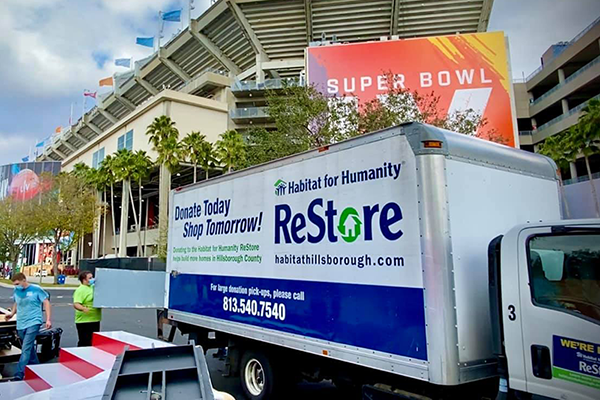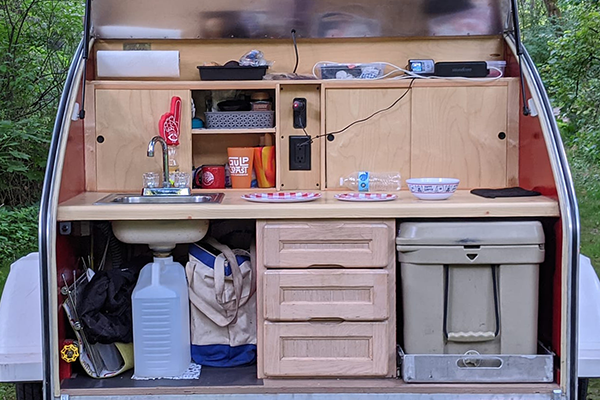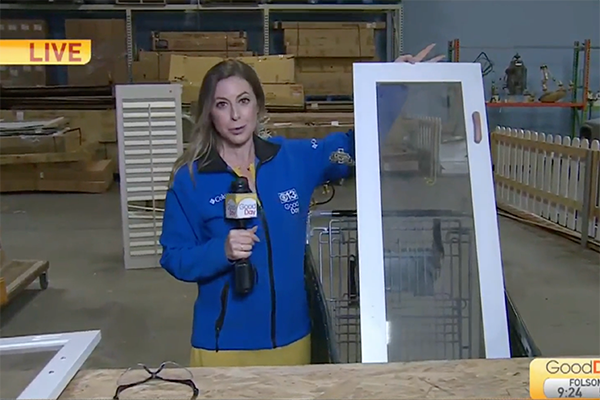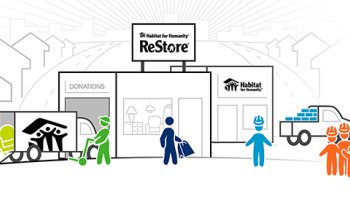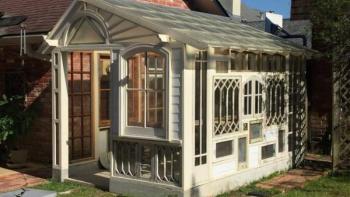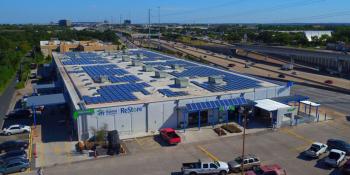Mechanicsville, Virginia
In 1991, the same year ReStore was getting its start in Canada, Hanover Habitat, now known as Hanover and King William Habitat, came onto the scene in Mechanicsville, Virginia. That year, Delois, a widowed seasonal farmhand, became the affiliate’s first homeowner. Her new home had strong upright walls, indoor plumbing, a full roof and windows that closed — all features that her previous living arrangements lacked.
After 12 years safe and sound in that Habitat home, Delois passed away at age 73. With no descendants of her own, she arranged to leave the home to one of the most important entities in her life: Hanover and King William Habitat. A short biography by an unnamed Habitat volunteer noted that this had always been Delois’ plan, even before construction on her house began. “She wants to make Habitat the beneficiary in her will,” it reads. Her hope in doing so was that another family would be able to find a sense of safety and security, like she would, in their new home.
In 2005, Hanover and King William Habitat sold the home to another family and used the proceeds to start the Hanover ReStore. The store would provide a self-sustaining funding source for Habitat’s work in and with the local community — and it has. As of 2021, Hanover ReStore has contributed more than $2.35 million to the mission of building decent and affordable homes. Delois’ gift has helped 50 families move into new Habitat homes and 17 more improve their existing homes through a new critical repair program funded by revenue from the ReStore.
In the summer of 2021, nearly 30 years to the day of Delois’ groundbreaking, Hanover Habitat expanded its service area to neighboring King William County — hence the name change — allowing them to partner with even more families in need of a decent, affordable home. “Through the ReStore and Hanover Habitat, her legacy will live on forever,” says Amanda Gunter, director of community engagement for the affiliate.
